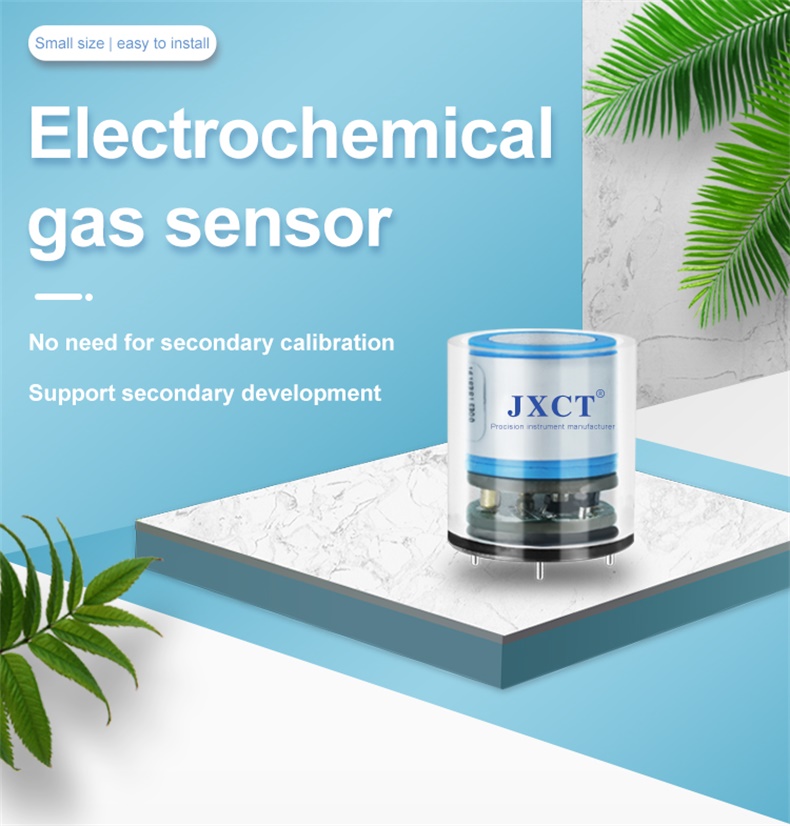Summary:
With the development of science and technology, gas sensors are widely used. Driven by ubiquitous applications such as the Internet of Things. The development direction of gas sensor begins to miniaturization, integration, modular, intelligent direction. The electrochemical sensor has the advantages of linear output, low power consumption and good resolution. It is popular in the field of gas detection nowadays. In addition, electrochemical gas sensors are compared to other sensors. Good repeatability and accuracy of measurement. After decades of technology development, electrochemical gas sensors have a very good selectivity for specific gas monitoring.
Electrochemical sensors were originally designed to monitor oxygen concentrations. As technology evolved, electrochemical sensors began to be developed to monitor and detect many different toxic gases in the LEL range. Moreover, electrochemical sensors show good sensitivity and selectivity in practical applications. So until now, electrochemical sensors have been the main sensors for monitoring gas concentrations. Electrochemical sensors have been widely used in many static and mobile applications. It plays a vital role in monitoring various gases in the field.
Principle of electrochemical sensor:
Most electrochemical gas sensors are used in diffusion mode, in which a sample of gas from the surrounding environment enters the sensor through a small hole on the front of the sensor (natural flow of gas molecules). Some devices use an air pump to draw air/gas samples into the sensor. A breathable film is installed in the air hole to prevent water or oil from entering the sensor. The measurement range and sensitivity of the sensor can be changed by adjusting the inlet size at design time. Larger air inlet can improve the sensitivity and resolution of the equipment, while smaller air inlet can reduce the sensitivity and resolution, but can increase the measurement range.
The working method of electrochemical sensor:
The main working method of the electrochemical sensor is to produce chemical reaction with the measured gas and produce electrical signals proportional to the concentration of the gas to work. A typical electrochemical sensor consists of a sensing electrode and a reverse electrode. And separated by a thin electrolytic layer. The gas reacts with the sensor through tiny capillary openings and then reaches the surface of the electrode through a hydrophobic barrier. This method allows just the right amount of gas to react with the sensor electrode to form a sufficient electrical signal. It also prevents electrolyte leakage from the sensor.

Carbon monoxide electrochemical gas sensor:
Electrochemical gas detection sensor, three-electrode structure design, built-in high-precision electrochemical sensor, through the circuit of gas concentration signal output to the digital signal customers needSensor internal precision amplification, to deal with the noise processing, temperature compensation, colleagues before delivery every sensor through standard calibration gas processing, is a mature technology and the excellent electrochemical detection circuit design, design and manufacture of gas sensor, commonality ensure that customers receive sensor module directly output available and accurate information of gas concentration.
Hydrogen Sulfide Electrochemical Gas Sensor:
The analog /TTL type hydrogen sulfide electrochemical gas sensor module is an intelligent gas detection module independently developed by Jingxun. It has the characteristics of small size, easy to carry, high precision and low loss. Factory calibration and ready for use. The machine is small in size and light in weight. Waterproof, explosion-proof, shockproof. High precision, high resolution, fast response. Alarm upper and lower limits can be set arbitrarily, with zero and target calibration function. Built-in temperature compensation, easy maintenance. Imported electrochemical sensor, good anti-interference performance, long service life.